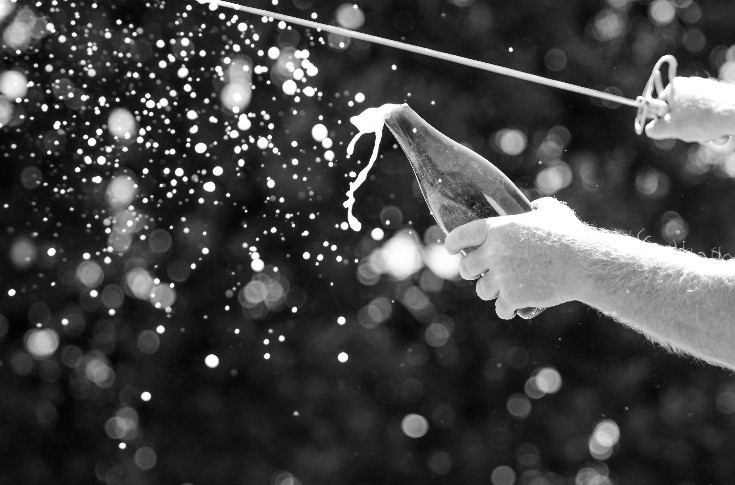Brussels crowns it all with surprise changes to sparkling wine packaging

op! Brussels has uncorked a surprise move by lifting mandatory requirements, without those immediately concerned even applying for it! On August 28, a Delegated Regulation made the foil cap covering sparkling wines in Europe optional, when up until then it had been mandatory. From now on, if Champagne marketers feel like it, they can remove the caps and leave bottles ‘naked’. That’s in theory, anyhow, because in practice, there is a high risk of the cap-free bottles becoming illegal if future AOC Champagne production specifications stipulate that they are mandatory.
Although the foil cap on bottle necks is standard for Champagne, “in actual fact, it is no longer compulsory as per current regulations. If we want to keep it, we will have to introduce provisions in our production specifications”, sums up Maxime Toubart, chairman of the Champagne winegrowers’ organisation SGV. Within the wine industry, “there is unanimous agreement over keeping it because it is part of the packaging, and identity. It enhances product image and is a means of keeping a tab on the wines (with the CloĂ© smart cap)”, adds Toubart, who admits that there are discussions within the Champagne industry with some houses advocating greater flexibility in a bid to reduce packaging. Eco-designs currently forego the use of capsules in order to reduce carbon footprint and the cost of dry goods – since Covid, the cost of the foil caps has remained high, even though there are no issues with availability.
Discussions among negociants are ongoing, was the cursory response by David Chatillon, chairman of the Champagne house organisation UMC. Stressing that the foil cap is a part of Champagne’s hallmark identity, Chatillon explained that discussions involve striking a balance between tradition and Corporate Social Responsibility (CSR).





